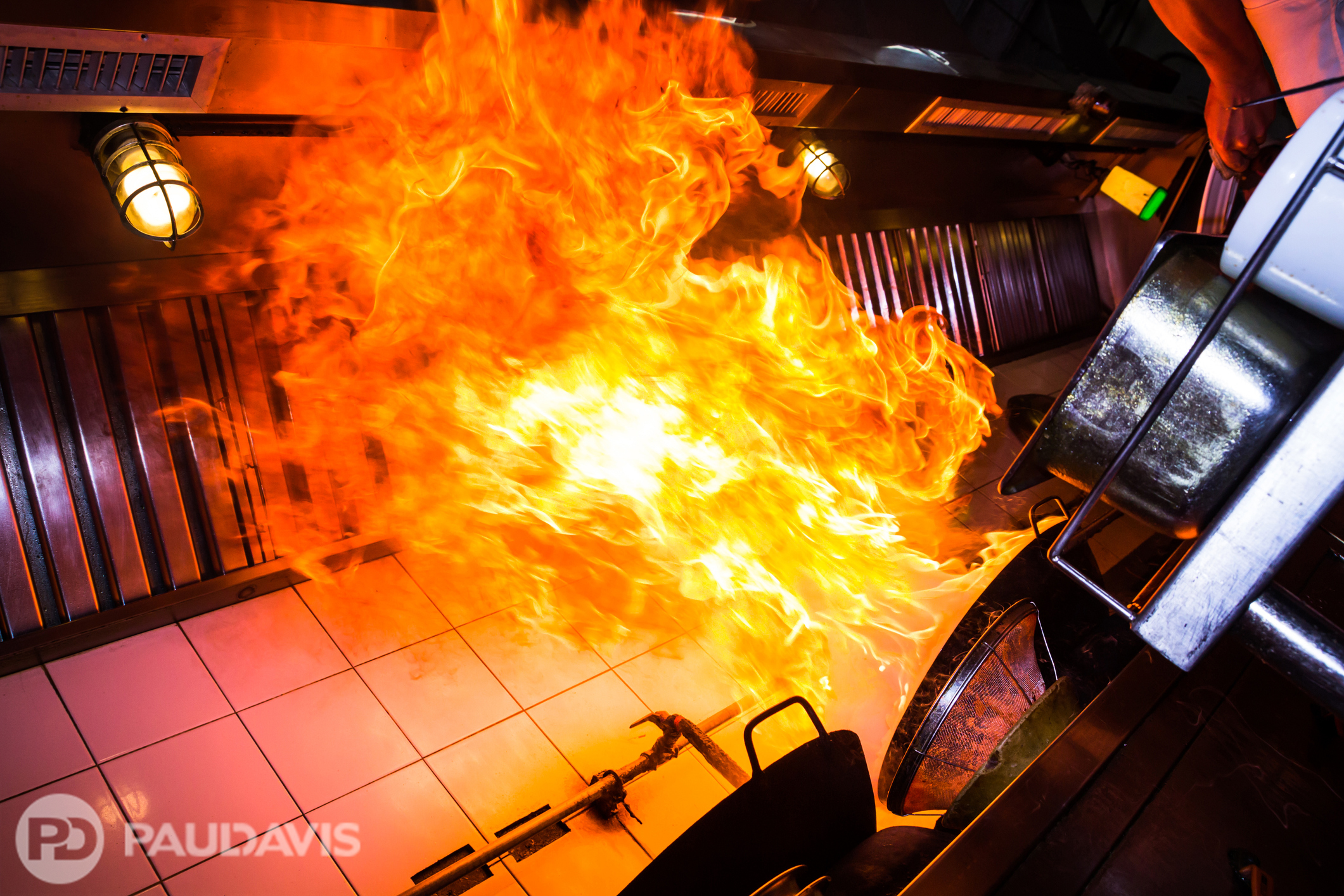
If you manage a commercial property, days are packed with complex tasks: managing staff, moving tenants, conducting inspections, interfacing with contractors, contacting regulatory officials and much more. Enter checklists: essential “cheat sheets” that streamline workload.
“Every profession featuring exacting tasks employs checklists: doctors, pilots, attorneys, inspectors and so on,“ says Darren Impson, President, Paul Davis of Tampa. “Anesthesiologists don’t enter operating rooms without their checklists to safeguard patient safety. Pilots don’t take off without ticking off all the boxes. Checklists impose order, improve accuracy, speed completion and ensure tasks are executed the same way every time.”
For commercial property managers, one of the most helpful checklists is one that mitigates hazards and reduces liability. Take a moment to run through this list of eight common risks that could be threatening your commercial property – and then schedule corrective measures if necessary.
- Kitchen safety systems: Does your commercial property feature a kitchen that is larger than those found in typical breakrooms? If the answer is yes, ensure the space is equipped with adequate automated hood and vent extinguishing systems that are regularly inspected and maintained. Kitchens pose one of the biggest fire risks for any commercial property.
- Incorrect disposal of hazardous items: Many commercial properties use hazardous or dangerous materials – even residential complexes store paint and solvents. Make sure disposal systems are built to handle refuse from these operations: soaked rags, contaminated runoff, spent chemicals and so on. Check storage processes too, to circumvent expensive spills and leaks.
- No sprinkler systems: These important safety installations save lives, reduce loss and often lower insurance costs. In fact, studies show they reduce risk of property loss by 70 percent. Make sure yours are present, protected from damage, connected to an active water supply and inspected regularly.
- Poor maintenance and housekeeping: Lax repairs and tardy upkeep invite accidents and mischief – and can also blunt foot traffic, employee retention and profitability. Broken windows, slippery entryways, burned out lightbulbs and peeling paint are more than just visual problems.
- Unprotected external systems: Systems surrounding your commercial structure - gas meters, electrical service entrances, trash storage and disposal, refueling stations – can be damaged by vandals or accidents. Ensure each is protected from accidental contact and unauthorized entry.
- Dangerous neighbours: If nearby properties conduct hazardous activities – wood refinishing, paint manufacture, pest control, processes that produce large quantities of dust – or simply don’t secure or regulate less hazardous activities, these neighbors could endanger your property. Talk with adjacent businesses – or, if necessary, regulatory authorities - about managing risk.
- Insufficient electrical supply: As your commercial property expands or changes activities, ensure your electrical supply keeps pace. Overloaded circuits are fire hazards, as are jury-rigged systems of extension cords.
- Risk awareness and management: Ask employees and staff – and conduct regular walkthroughs – to identify new risks and hazards. These periodic reviews reveal areas lacking adequate lighting, missing signage, lax maintenance, new slip, trip and fall hazards. Train staff, engage maintenance and instruct tenants as needed to address these areas.
Need help protecting your commercial property against risks? A trained Paul Davis professional answers our phone 24/7/365.
